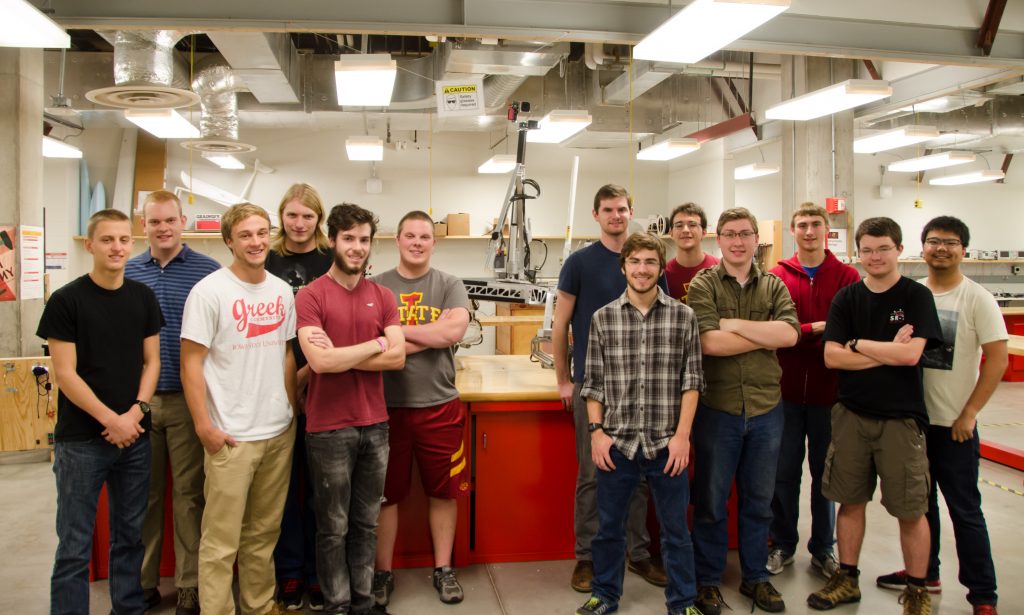
Rohde & Schwarz, one of the world’s leading manufacturers of test & measurement, communications and broadcasting equipment,announced the winner of the 2 minutes competition. MAVRIC, a Make to Innovate project at Iowa State University was declared the winner of the international competition.
Applicants were asked to submit a two-minute video detailing how they would use the R&S Scope Rider, a rugged portable oscilloscope from Rohde & Schwarz.
After reading about the competition online, MAVRIC project lead, Daniel Mallek, created the video. “We went out and did some testing with a loaner scope to show the capabilities of the oscilloscope and why this product would be useful for us. I had a lot of fun doing that.”
The winner with the most votes in an online poll won their very own R&S Scope Rider.
Steven Edwards, Marketing Director at Rohde & Schwarz UK Ltd. said, “We are very pleased to announce Iowa State University’s MAVRIC team as the winner of the R&S Scope Rider. The Iowa State students really showed that this truly is a go anywhere instrument – and we wish them every success in the upcoming URC challenge.”

MAVRIC will put the new Scope Rider to the test when they visit Utah in early June for the University Rover Challenge, the world’s premier robotics competition for college students. After that, it will be kept in the M:2:I lab for future teams to use for their work.
“It’s a rugged oscilloscope,” Mallek said. “It can be moved anywhere. You can’t do that with a normal oscilloscope and that’s what we need for our application. We do a competition in the middle of the desert and there is no power you can easily hook up to. Normal oscilloscopes can get dust in them which can cause malfunctions.”
Matthew Nelson, program coordinator for M:2:I said, “It is amazing to be announced the winner of the 2 minutes competition and receive our very own R&S Scope Rider. When the competition was announced, Danny and James Talbert, the Electrical Team Lead were excited as they knew this was the perfect instrument to help debug their design actually out in the field rather than having to take it back to the lab each time after a test run.”
Below is the video that Mallek submitted for the contest.